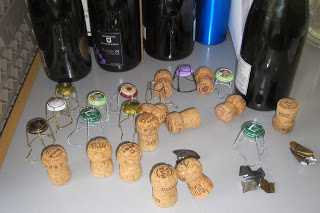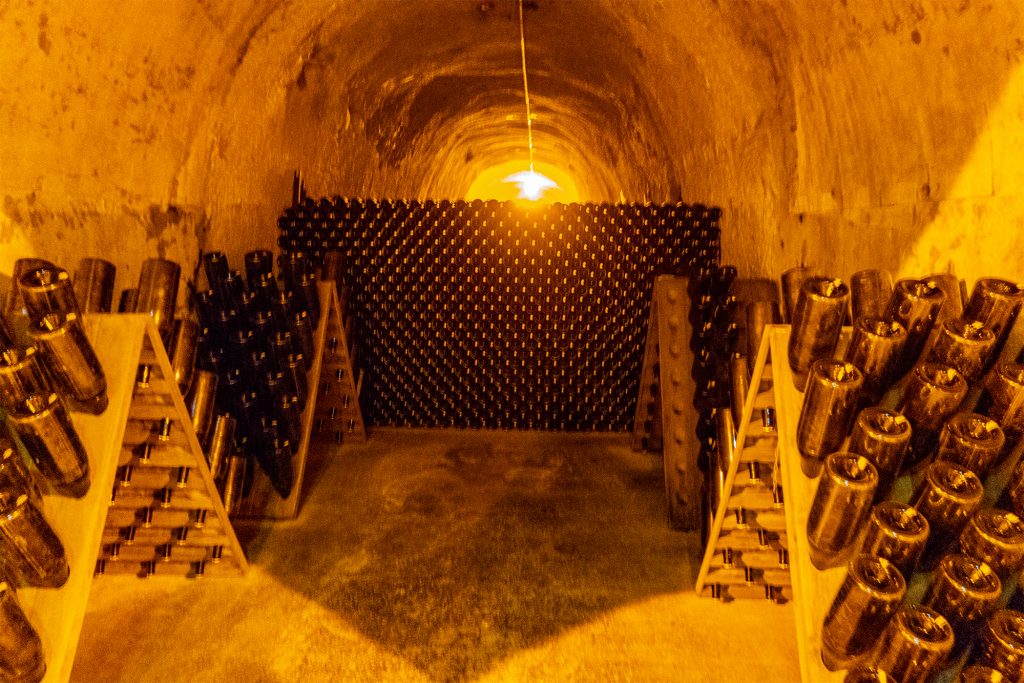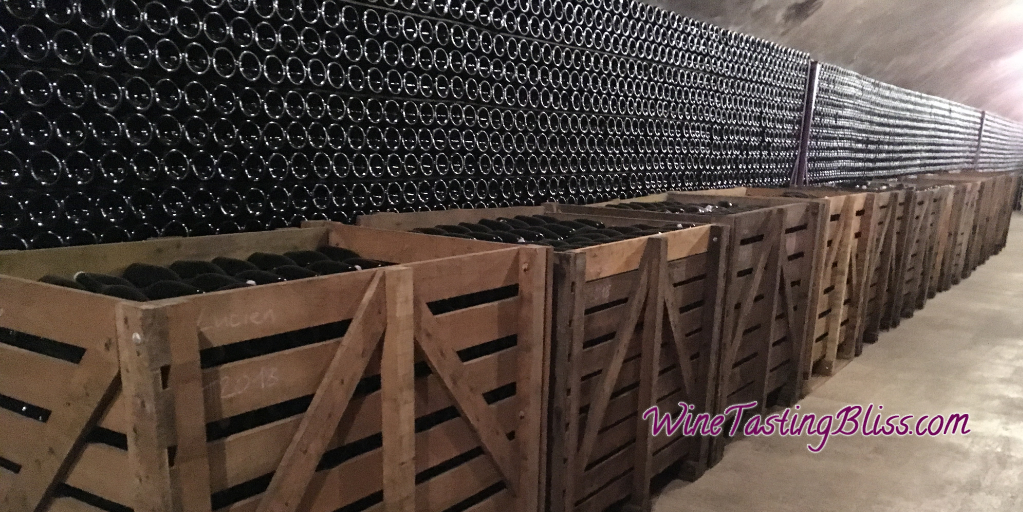The COVID-19 pandemic has touched every corner of our lives. The latest casualty: our beloved Champagne!
 Champagne has long been associated with celebrations of all kinds. New job promotion? Pop a bottle of champagne. Just got married, or had a baby? Let the bubbly flow! Happy events and sparkling wine just seem to go together. Sadly, the current quarantines around the globe have meant fewer parties, corporate events, and celebrations. A lot fewer. That has profoundly affected champagne sales.
Champagne has long been associated with celebrations of all kinds. New job promotion? Pop a bottle of champagne. Just got married, or had a baby? Let the bubbly flow! Happy events and sparkling wine just seem to go together. Sadly, the current quarantines around the globe have meant fewer parties, corporate events, and celebrations. A lot fewer. That has profoundly affected champagne sales.
Last year champagne sales were about 300,000,000 bottles. Yes, 300 million bottles. That’s a lot of bubbly! This year, unfortunately, sales are expected to be a full one-third lower. This is the biggest drop in recorded history; worse than during the World Wars or the Great Depression.
 As we learned when we spent an incredible day learning the ins and outs of the champagne business with Romain Mercier, fourth generation winemaker at Champagne Alaine Mercier, production of champagne is regulated by the Champagne Committee, called the CIVC (that is the acronym in French). The CIVC annually sets the amount of champagne that can be produced by each champagne house by limiting the tonnage of champagne grapes that can be harvested. Beyond the dictated harvest levels, the remaining grapes can be used for making still wine or other more creative uses (think really elegant hand sanitizer) but not for the production of champagne.
As we learned when we spent an incredible day learning the ins and outs of the champagne business with Romain Mercier, fourth generation winemaker at Champagne Alaine Mercier, production of champagne is regulated by the Champagne Committee, called the CIVC (that is the acronym in French). The CIVC annually sets the amount of champagne that can be produced by each champagne house by limiting the tonnage of champagne grapes that can be harvested. Beyond the dictated harvest levels, the remaining grapes can be used for making still wine or other more creative uses (think really elegant hand sanitizer) but not for the production of champagne.
 Last year the CIVC allowed champagne grape growers to harvest 10,200 kilograms per hectare (that’s a bit more than 4 tons per acre). For reference, a well-producing champagne grape vineyard is capable of producing 16,000 kilograms of fruit per hectare. This year the CIVC has indicated their intended target of 6,000 – 7,000 kilograms per hectare, a dramatic pull-back. This has caused a huge uproar from growers, who have calculated that any harvest target below 8,000 kilograms per hectare will be ruinous. That battle lines have been drawn!
Last year the CIVC allowed champagne grape growers to harvest 10,200 kilograms per hectare (that’s a bit more than 4 tons per acre). For reference, a well-producing champagne grape vineyard is capable of producing 16,000 kilograms of fruit per hectare. This year the CIVC has indicated their intended target of 6,000 – 7,000 kilograms per hectare, a dramatic pull-back. This has caused a huge uproar from growers, who have calculated that any harvest target below 8,000 kilograms per hectare will be ruinous. That battle lines have been drawn!
The CIVC will convene on August 18 to make its final determination for grape harvest levels. This is certain to be a very contentious meeting with the growers. If no agreement can be reached, an ultimate decision will be made by the French government.
Stay tuned, this will be a pivotal year for champagne!
Update: After vigorous negotiations, the growers and the CIVC agreed to limit the harvest to 8,000 kilograms per hectare.

About the Author: John grills a mean steak and is always in the market for another wine fridge. Believes that if a winery has more than 10 employees, it's probably too big. Buys wine faster than he drinks it, but who cares?



With the amount of champagne I have been drinking during quarantine I thought I was single handily keep this industry afloat. Must go buy more!